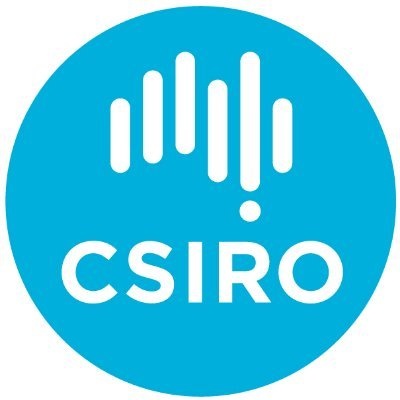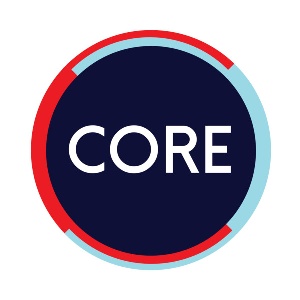University of Tsukuba, International Symposium on Recurrence Plots
Talk given at University of Tsukuba as part of the 10th International Symposium on Recurrence Plots.
Braden presents at the 10TH INTERNATIONAL SYMPOSIUM ON RECURRENCE PLOTS 2023
Uniform delay embedding remains the standard first step in a recurrence analysis pipeline. Its formulation and dependence on just two parameters in the embedding lag and dimensions make implementation simple, however the nontrivial task of determining these parameters can inhibit one's ability to generate a good embedding in certain scenarios.
One emergent alternative to uniform delay embedding is reservoir computing. Built upon a high dimensional neural network architecture, reservoir computers utilise delay embedding theory together with a randomly generated structure to reconstruct a signal's phase space in a manner that is both computationally efficient and informative. This has resulted in impressive results for time-series forecasting tasks for dynamical systems. As such, these findings warrant examination of the underlying embedding technique in fields outside of its machine-learning origins.
In this talk Braden introduced reservoir computing embedding and why it should be of interest to the recurrence analysis community. He generated recurrence plots utilising reservoir computing for a few well-known systems and compare the quality of construction with traditional methods (i.e. constructions utilising the full system, uniform delay embedding and no embedding). He finalised his presentation by looking towards recurrence quantification analysis to identify the specific benefits offered by such an embedding over the traditional methods.







